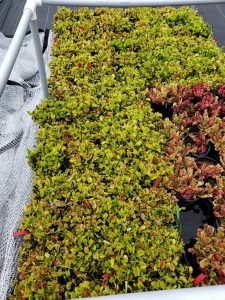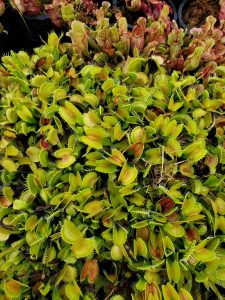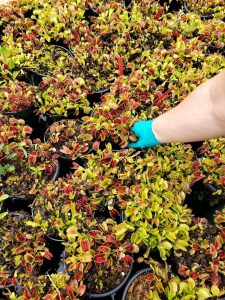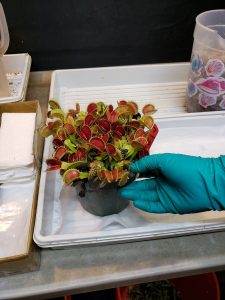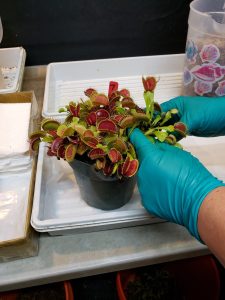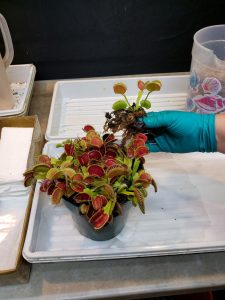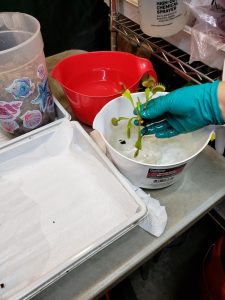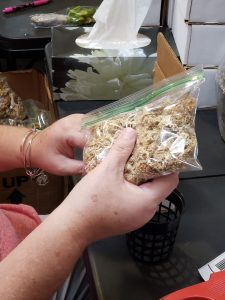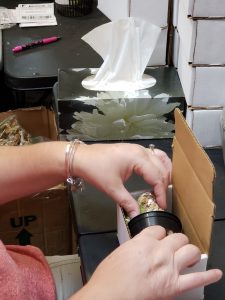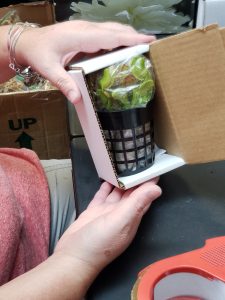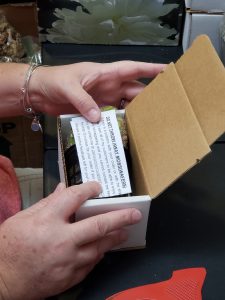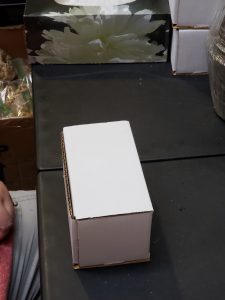From Our Nursery to Your Collection: How We Ship Your Plants
Welcome to our nursery! Learn about how we ship your plants.
We are the world’s largest seller of carnivorous plants by volume. Read more about us here! This is part 2 of a 2-part series that explains how we grow and ship your plants. In case you missed it, read part 1, which explains how we grow your plants.
Here at our family nursery in Wilmington, North Carolina — the native range of the Venus flytrap, we stock anywhere between 100-200k Venus flytraps, pitcher plants, sundews, and other carnivorous plants at any given point in time. If you’re considering purchasing a Venus flytrap or other type of carnivorous plant, you’re in for a real treat. Let us bring you behind the scenes so we can show you how we grow our plants and ship them to you — our wonderful customers!
Phase 1: How We Select Eligible Plants to Ship to Customers
Criteria #1: Large Plants
Here at Joel’s Carnivorous Plants, we always select the largest plants to be packed for orders. If there’s one thing we know customers value above all else, it’s receiving a generously-portioned plant. During summer months, we select plants from our outdoor grow-out space. During the winter, we choose plants from our indoor facility in order to ensure our customers receive top condition plants throughout the year regardless of the season or month.
After a pot has been selected ship to customers, each one is carefully inspected, cleaned, and prepared for disassembly. Each pot contains anywhere between 6-15 adult plants. Since we ship bare root (more on that later), we have an opportunity examine each plant’s root system to ensure its peak health.
Criteria #2: Healthy & Intact Root Systems
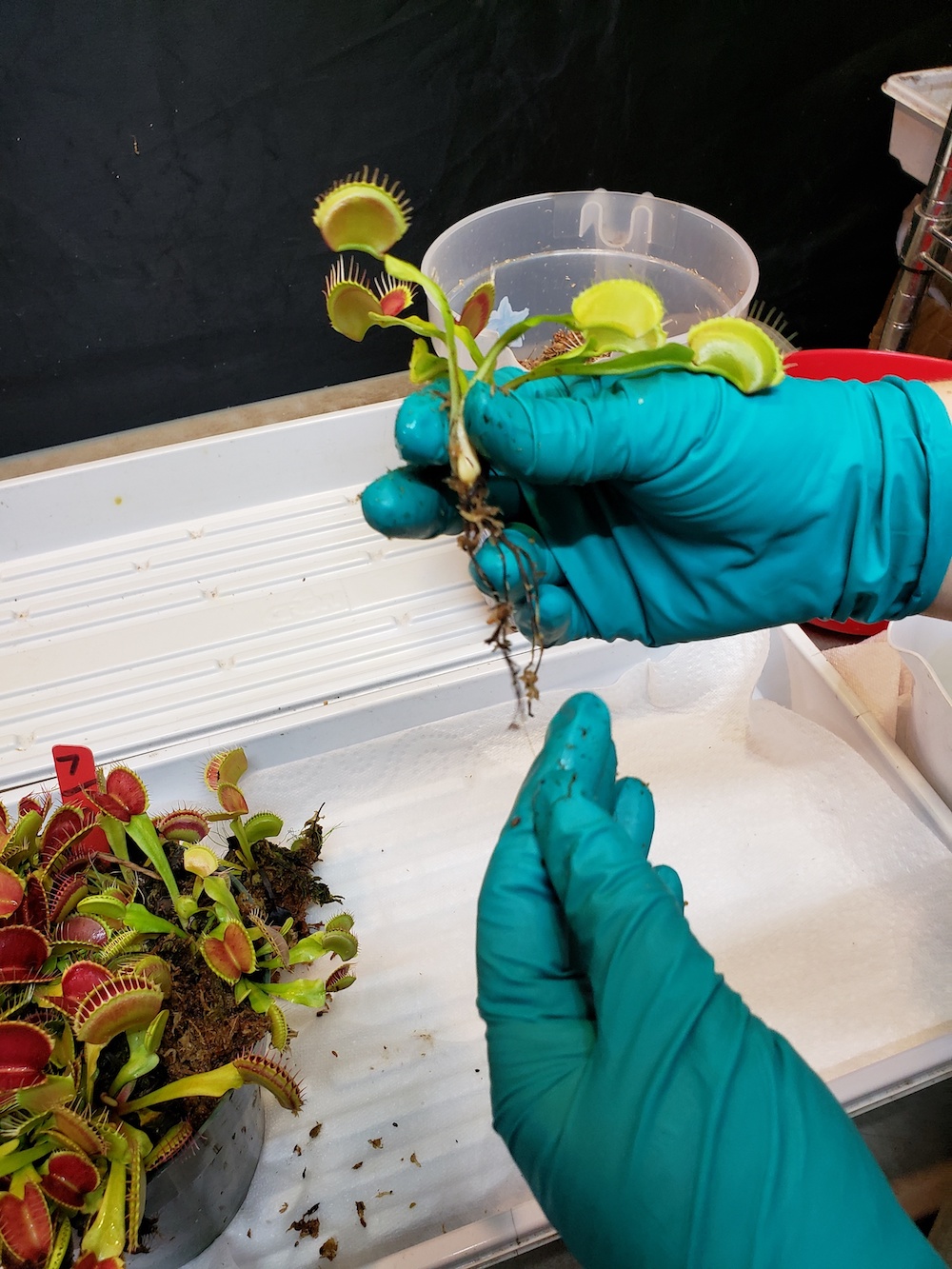
A plant may appear to look perfectly healthy above the soil, when it is in fact shedding roots. When shipping plants potted, there’s a risk of shipping a customer a plant without roots. We actively protect the customer from this type of seasonal problem by always shipping bare root and carefully inspecting each plant’s root system prior to packing it.
Criteria #3: No Pests
We go to great lengths to ensure no pests such as mites and powdery mildew are present on any plant we ship. We make sure each customer’s total order is completely clean. Some states such as California require plants to be shipped bare root. It is actually illegal to ship potted plants to these states. Despite these laws and regulations, many sellers ship potted plants anyway. Unless the US Department of Food and Agriculture gets involved, most of the times, they get away with it. However, it is against the law. There are no chance of pests to be shipped with the plant when shipping bare root. Since most pests reside in soil, by removing soil, pests are also thereby removed. When the US Department of Food and Agriculture opens a package and inspects it, when they see that a plant is shipped bare root, they will approve it. Otherwise, the entire order is confiscated and destroyed.
Criteria #4: No Dead or Dying Leaves
When we remove the moss, we also remove the old dead leaves. The Venus flytrap will grow sideways in the ground. They grow out of one end and shed from the other end. The shed end will contain old leaves. We remove these old leaves because they are prone to attracting mold and fungus. In addition, we are looking for root caps. This means the plant is extending its roots further downwards and will able to readily absorb water when planted in its new home.
Phase 2: Preparing Your Plants to be Shipped!
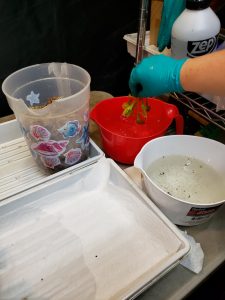
During this next phase, we dunk each plant in water. Our water solution contains a small amount of rooting hormone. Roots’ normal color is black. Each root strand will grow straight down. Sometimes, they will bend. Each tip has fine root hairs. When pulled from a pot, the fine root hairs will be disrupted. Our growth hormone quickly reforms fine root hairs so they may reattach quickly to our supplied sphagnum moss when replanted. This process ensures that a plant is able to more quickly transition and settle in to its new environment after transit. Any debris on leaves that impedes photosynthesis is also cleaned off during this phase. Potted plants sold by other vendors do not have the opportunity to be cleaned and inspected. We always send 1x larger plant based on the size the customer has ordered. Unless the plant is really big, we also try to send an extra plant for free whenever possible!
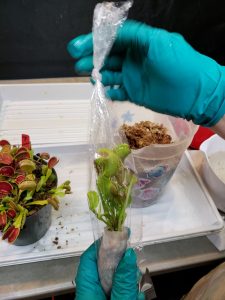
Customers should take care when choosing a pot for their plant. For example, black ceramic pots may become hot under full sun and overheat the plant. Our supplied plastic pots have enough holes to allow air and water to pass through.
Each of our plants is sold as a kit and comes with a generous moss plug. Our long-fibered New Zealand sphagnum moss is loose and airy, which allows roots to stay cool and aerated. Included in this kit is our 3″ professional grower’s-grade porous plastic pot and enough top-quality long-fiber moss to completely fill it. Customers should NOT throw the provided moss away! Planting and detailed care instructions are also be included for a complete growing experience. The bottom of the box contains each customer’s care sheet, which covers topics such as artificial lighting and also includes a potting diagram. Packages are always shipped at the end of the day around dinner time in order to reduce stress to the plants to a bare minimum.
This concludes part 2 of a 2-part series that explains how we grow and ship your plants. In case you missed it, be sure to read part 1, which explains how we grow your plants.

